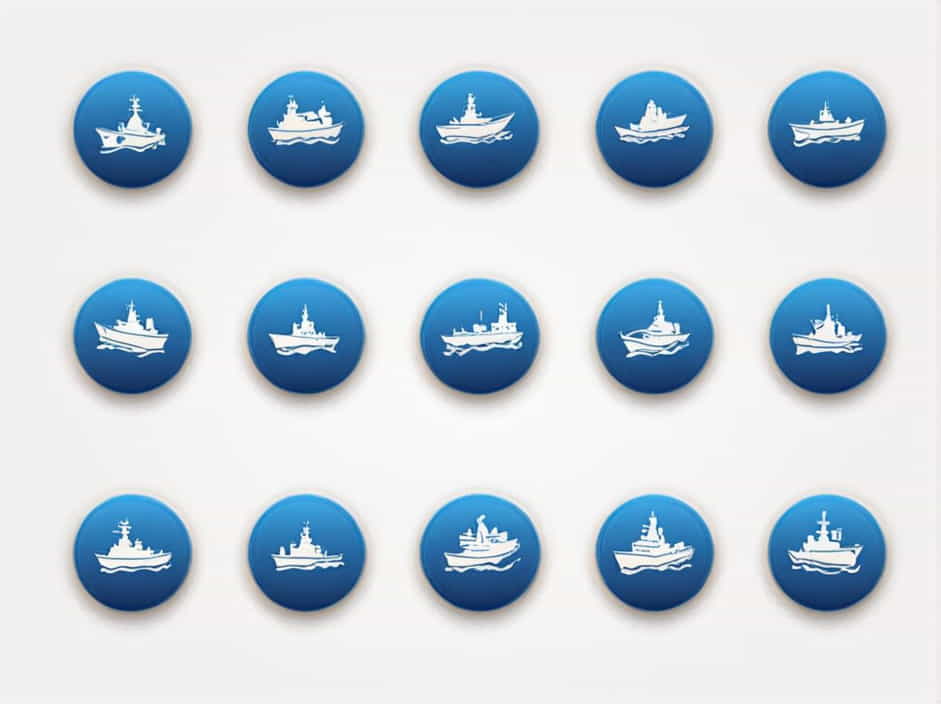The Navy Mothball Fleet in San Francisco Bay has long been a symbol of America’s naval history. Officially known as the National Defense Reserve Fleet (NDRF), this collection of decommissioned military and civilian ships has played an essential role in national defense and maritime preservation.
For decades, these ships were anchored in Suisun Bay, near San Francisco, awaiting potential reactivation. While many have been removed over time, their presence left a lasting impact on the region’s military and maritime heritage.
What Is the Navy Mothball Fleet?
The term “mothball fleet” refers to a group of ships that are no longer in active service but are maintained in case they are needed for future use. These vessels are stored in a preserved state, with critical systems protected from corrosion and damage.
In the San Francisco Bay Area, the Suisun Bay Reserve Fleet was one of several mothball fleets managed by the U.S. Maritime Administration (MARAD). This fleet included:
- World War II-era cargo ships
- Naval vessels and warships
- Tanker ships and support vessels
Many of these ships had historical significance, having served in World War II, the Korean War, and the Vietnam War before being retired.
The History of the Suisun Bay Mothball Fleet
The Suisun Bay Reserve Fleet was established in 1946, following the end of World War II. As the U.S. Navy decommissioned warships, they were placed in storage for possible reactivation during future conflicts.
During the Cold War, the fleet remained a strategic asset. Some ships were recommissioned for military operations, while others were repurposed for civilian use. However, by the late 20th century, the fleet began to shrink as many older ships were scrapped or sold.
By the early 2000s, environmental concerns led to the gradual removal of ships from Suisun Bay. The fleet was officially decommissioned, with the last vessels being removed by 2017.
Purpose of the Mothball Fleet
The Navy Mothball Fleet served several important functions:
1. Emergency Military Use
Ships in the fleet could be reactivated in times of war. This was particularly important during the Korean War and Vietnam War when several mothballed ships were brought back into service.
2. Maritime Training and Support
Some vessels were used for training exercises by the U.S. Navy, Coast Guard, and Merchant Marine. These ships provided hands-on experience for sailors and engineers.
3. Storage and Recycling
Many decommissioned ships were later scrapped for metal or repurposed for commercial or government use. Some were even sunk to create artificial reefs for marine ecosystems.
4. Historical Preservation
A few ships from the mothball fleet were preserved as museum pieces, allowing future generations to learn about naval history.
Notable Ships in the Suisun Bay Mothball Fleet
Over the years, several famous ships were stored in Suisun Bay. Some of the most notable included:
USS Iowa (BB-61)
A legendary Iowa-class battleship, USS Iowa served in World War II, Korea, and the Cold War. It was stored in the mothball fleet before being moved and turned into a museum in Los Angeles.
USS Hornet (CV-12)
An Essex-class aircraft carrier, USS Hornet played a vital role in World War II and later participated in the Apollo 11 space capsule recovery. Today, it is a museum ship in Alameda, California.
SS Independence
A famous ocean liner, the SS Independence was once a luxury passenger ship before being laid up in the reserve fleet.
Victory and Liberty Ships
Several World War II-era transport ships, known as Liberty Ships and Victory Ships, were stored in Suisun Bay before being scrapped or preserved for historical purposes.
Environmental Concerns and Removal of the Fleet
While the mothball fleet played a strategic role, its long-term presence in Suisun Bay raised environmental concerns.
Pollution Issues
Many of the older ships contained lead-based paint, asbestos, and other hazardous materials. Over time, peeling paint and rusting metal contributed to pollution in the surrounding waters.
Legal Action and Cleanup
In the early 2000s, environmental groups and government agencies pressured MARAD to address contamination issues. Legal action led to a federal cleanup agreement, requiring the removal of the fleet.
Final Removal
By 2017, all remaining ships were either scrapped, transferred, or relocated. The cleanup effort helped restore the natural ecosystem of Suisun Bay, making it safer for wildlife and local communities.
The Legacy of the Navy Mothball Fleet in San Francisco
Although the Suisun Bay Mothball Fleet is no longer present, its legacy lives on in several ways:
1. Preserved Museum Ships
Several historic ships that were once part of the fleet, such as the USS Iowa and USS Hornet, continue to educate the public through museum exhibits.
2. Military and Maritime History
The fleet served as a reminder of the U.S. Navy’s strength during critical moments in history. Many veterans who served on these ships remember them as symbols of American resilience.
3. Environmental Lessons
The cleanup of Suisun Bay highlighted the importance of sustainable ship disposal and the need for better maritime environmental policies.
The Navy Mothball Fleet in San Francisco was once a key part of America’s military readiness, providing backup ships in case of national emergencies. Located in Suisun Bay, this fleet housed historic vessels from World War II, Korea, and beyond.
While the fleet was eventually removed due to environmental concerns, its impact on military history and naval heritage remains significant. The ships that once floated in Suisun Bay are now either scrapped, repurposed, or preserved as museums, ensuring that their stories live on for future generations.
